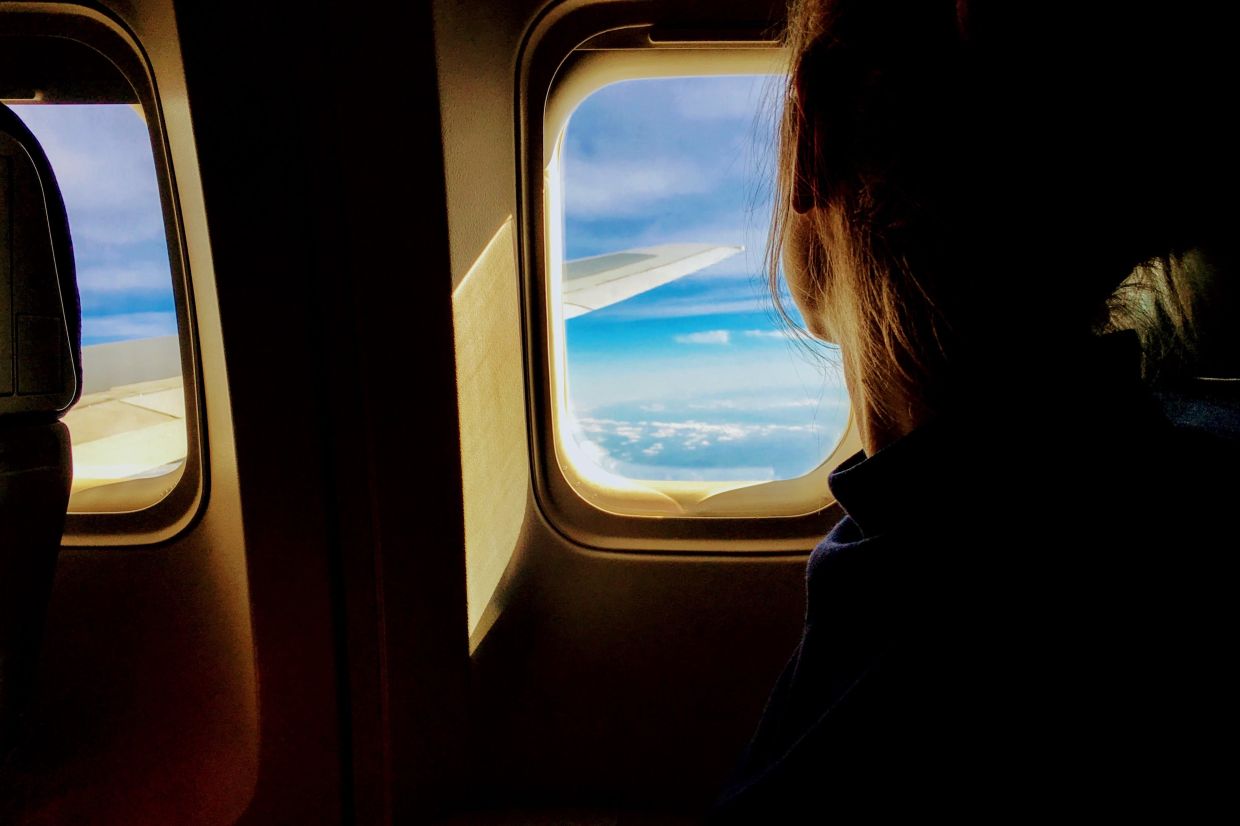FOR anyone who has ever taken a flight to anywhere before, you might have wondered why it was that the flight attendants were so adamant about you keeping the window blinds open during take-off and landing.
Since more often than not flight attendants rarely explain why the blinds need to be open, many have taken it upon themselves to concoct reasons for the necessity.
The most popular theory online apparently is that airlines are legally obliged to keep the blinds open so that in the unfortunate event that the plane is hijacked, police snipers would be able to see inside in order to shoot the hijackers.
Is this true?
Verdict:
FALSE
Currently, no country has any law on its books that legally requires airlines to ensure that blinds remain open during take-off or landing.
While an open window blind would allow snipers to shoot in, it would be very difficult for the police to shoot anyone aside from the passenger seated at the window seat.
Not only that, any hijacker worth their salt would undoubtedly insist that passengers remained seated and window blinds remained closed on landing.
The real reason that flight attendants insist that the blinds remain open is purely for safety concerns.
First, have you noticed that during take-off or landing the lights are dimmed if it’s night or turned way up if it’s daytime?
They do this for the same reason why they insist that you keep the blinds up, to make sure that your eyes are adequately adjusted to the conditions outside the plane.
If an emergency happened and you were told to leave the plane, the last thing they want is for you to be blinded by the sun or have to wait for your eyes to adjust to the dark.
In an aviation accident, seconds count and you not being able to see when you leave the plane would greatly impact how fast you’d be able to get out and away from the stricken plane.
Secondly, having the blinds up also means you and the crew can see what’s going on outside the plane.
The hope is that either you or one of the crew would spot if there was something wrong, such as an engine fire.
Also, the crew and passengers would be able to tell which side of the plane is safe to exit.
The last thing you’d want is to jump out the door right into a fire.
The third reason is so that rescuers would be able to see what is going on inside the plane. They would be able to tell if there is smoke or fire in the cabin.
The source of the sniper myth was most likely started after the hijacking of Air France 8969 in 1992.
During the incident, Algerian terrorists hijacked the plane with the intention of crashing it into the Eiffel Tower or the Tour Montparnasse in Paris.
In response, French counter-terrorism commandos from the National Gendarmerie Intervention Group (GIGN) stormed the plane at Houari Boumediene Airport, Algiers.
The GIGN positioned snipers on the roof of the airport so they would have a view of the cockpit while GIGN commandos forced their way into the plane.
Three passengers and all four terrorists were killed during the incident.
References:
1. https://unitedafa.org/news/
2. https://baatraining.com/blog/
3. https://news.schiphol.com/why-
4. https://www.independent.co.uk/


